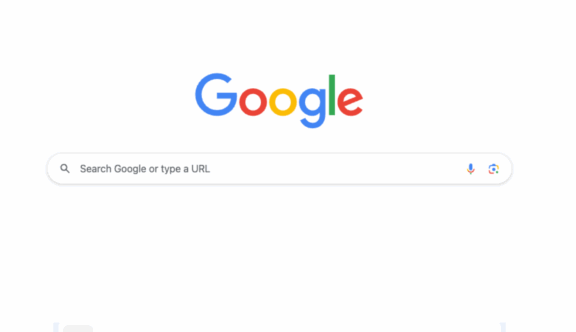Search Engine Results Pages (SERPs) have evolved considerably in recent years. Last year the SERP became a storefront. This year it’s become an AI driven marketplace with AI Overviews replacing product grids and AI Mode poised to take over. Google is repositioning itself from being a search engine, to being a publisher, in a move that’s reminiscent of advertising superpower Amazon.
The Ecommerce SERPs are more visual, but feature less UGC and videos for product-related searches. With product filters added to search result pages and a direct checkout option, Google is positioning people to buy from SERPs rather than sending traffic to sites.
But competing is all about adding unique value, and so Google’s SERP features: an AI virtual try-on module, price tracking alerts, prioritisation and ratings of popular stores and sites, what’s trending and a quick comparison capability.
Information hierarchy on the SERP is an interesting study. On desktop, product filters appear on the left alongside popular product carousels (under ads, above organic results). Mobile is a slightly different experience, but one that feels as familiar as its smiling competitor. You then have Product Buying Guides and People Also Ask content. When viewing in AI mode, the product grid feels much lower down beneath information.
The three main areas we’re optimising for:
- AI Overviews (AIO) are starting to replace the organic product grid and that’s only set to continue. AIO displays product recommendations and buying guides based on available data, so in short, you need to be in it! Increase your brand mentions and product links wherever possible.
- The trend for visual content winning out continues with image packs for ecommerce-related keyword queries growing from -60% last year to a baseline of over 90% this year. So ensuring that your product imagery is strong and optimised continues to be an essential element of your search strategy. The growth of images, seems to have directly impacted the number of videos shown in ecommerce results, which is significantly less.
- Surprisingly the SERPs have started showing more People Also Asked (PAA) content than the user generated content (UGC) commonly found in Discussions and Forums. This is an opportunity to ensure you’re creating content that reflects common product queries.
If you’re looking at ways to evolve your digital presence to keep in step with these developments we’d love to talk.
